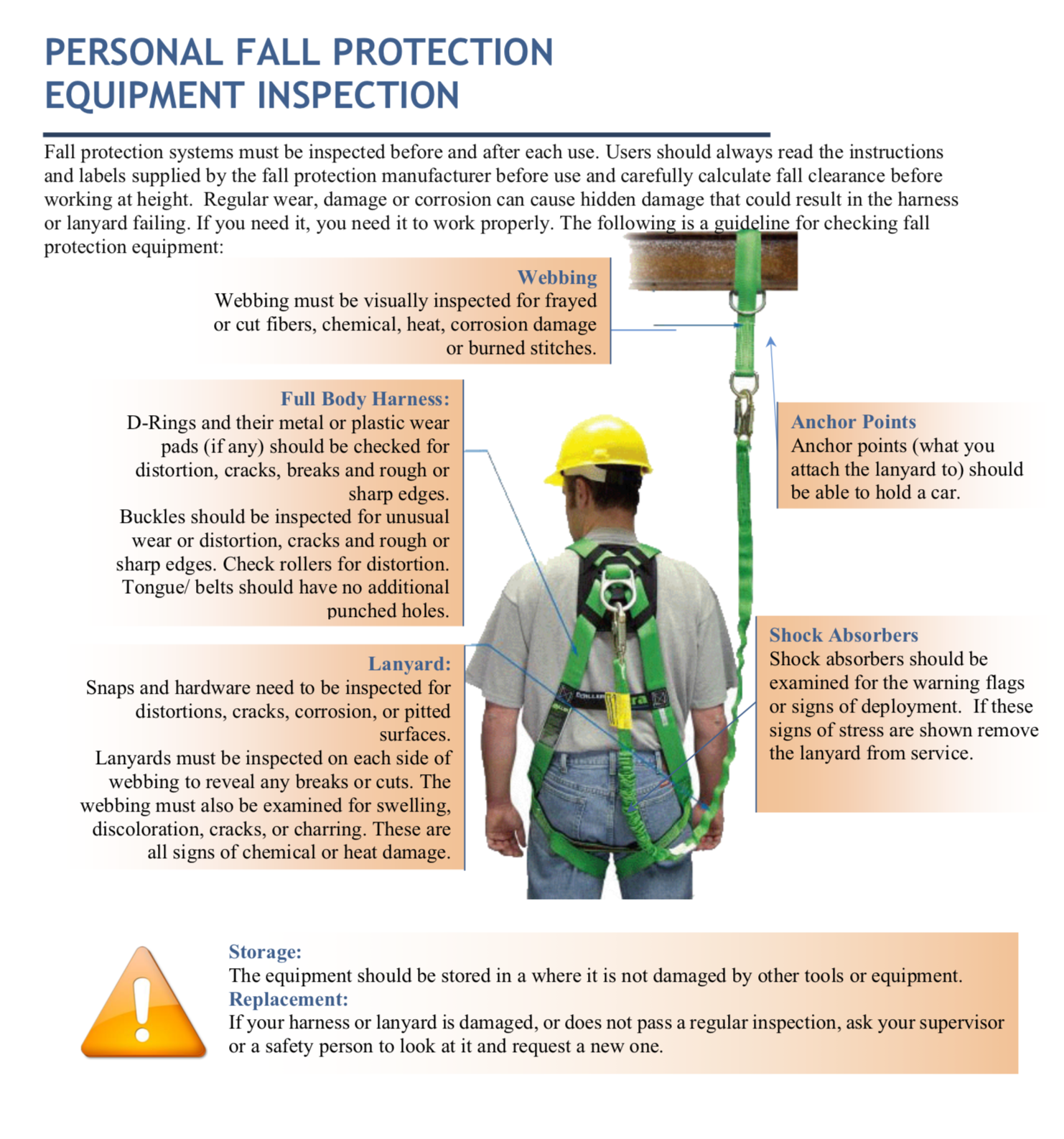
O.S.H.A. identifies falls as one of the four leading causes of fatalities in the construction industry. This is why employees must be trained to recognize fall exposures and have the authority to take corrective actions.
I. We have all heard the expression - ‘it’s not the fall that’s hurts but the sudden stop at the end’. Think of a fall as “...a sudden, unanticipated descent in space driven by gravity”. Although this may not sound severe, the consequences are often disabling - or deadly. It takes most people about 1/3 of a second to become aware of a fall. It takes another 1/3 of a second for the body to react. A person can fall up to 7 feet in 2/3 of a second.
II. Each year in the U.S. falls consistently account for one of the greatest number of fatalities in the construction industry.
III. Events surrounding fall accidents often involve a number of factors, including unstable working surfaces, misuse of fall protection equipment, environmental factors and human error. Studies have shown that the use of guardrail systems, fall arrest systems, safety nets, covers, and restraint and positioning device systems can prevent many deaths and injuries from falls.
IV. Fall hazards are foreseeable. You can identify them, eliminate exposure to them, eliminate them or control them before they result in injuries or death. Some of the factors that contribute to fall accidents and fatalities include scaffolds, ladders. roofs; and other elevated work surfaces.
V. Analyzing the work area is another important step in fall hazard prevention. Analyzing the work area may include reviewing blueprints before work begins. anticipating upcoming fall hazards as work progresses, reviewing current hazards on the site, and developing a pre-planning checklist.
VI. Be aware of those working above or below you. Protect yourself and others from falling objects with one of the following: hardhats, canopies, guardrails, panels and screens, barricades or fences.

| Attachment | Size |
|---|---|
| TBT para 07-06-2020 Paro de Seguridad Especial WEBSITE.pdf | 110.26 KB |

